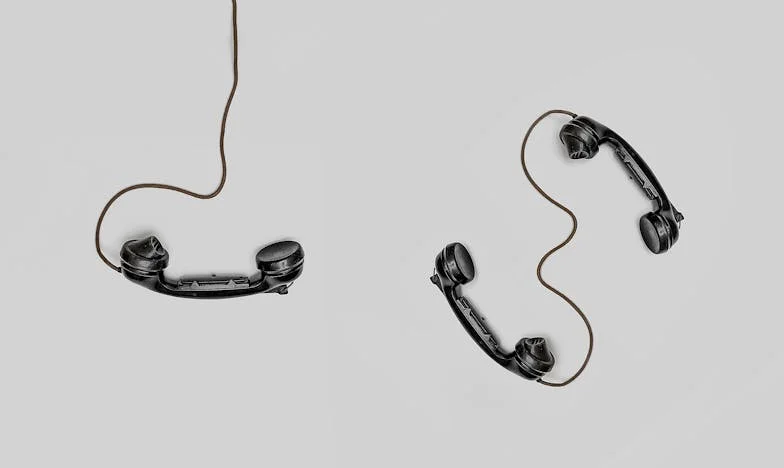Understanding Personal Connections: The Psychology Behind Different Types of Handshakes
Handshakes are a universally recognized form of greeting, agreement, and departure, serving as a non-verbal way of communicating numerous social cues. The way one shakes hands can convey a wealth of information about their personality, emotions, and how they perceive their relationship with the other person. Let’s explore some common types of handshakes and their psychological implications, illustrated with real-life examples.
1. The Firm Grip
The firm handshake is often associated with confidence and assertiveness. Individuals who offer a strong, confident grip are generally perceived as more sure of themselves and more capable. For instance, Arthur, a seasoned sales manager, always greets his clients with a firm handshake. This not only projects confidence but also sets a positive tone for the discussions that follow. His clients often describe feeling more secure in their dealings with him, attributing this to his authoritative handshake.
2. The Limp Handshake
In contrast to the firm handshake, a limp handshake can sometimes be perceived as a lack of confidence or enthusiasm. When Matthew, a recent university graduate, attended job interviews, he often gave a soft, hesitant handshake. Feedback from interviewers suggested that he seemed unsure of himself, which wasn’t entirely true. Matthew’s handshake was more a reflection of his nervousness rather than his capability or interest in the job.
3. The Double-Handed Shake
The double-handed shake, where one hand clasps the other person’s hand and the other covers it, is often seen as a gesture of warmth and trust. Grace, a therapist, uses this type of handshake when meeting new clients. By doing so, she communicates warmth and builds a quicker rapport with them, making them feel more comfortable and supported from the outset.
4. The Quick Release
A handshake that is quick and ends abruptly might indicate that the person is busy, lacks interest, or is uncomfortable in the situation. Dylan, a project manager, is known for his quick-release handshakes. His team members sometimes interpret this as a sign that he is always in a hurry or that he prioritizes efficiency over personal connections, which can sometimes lead to a sense of detachment within the team.
5. The Palm-Down Gesture
When someone offers their hand with the palm facing downwards, it’s often interpreted as a sign of dominance. Aurora, who runs a successful startup, frequently uses this handshake style. It subtly communicates that she likes to be in control and can sometimes be overpowering, especially in negotiations or team meetings.
6. The Equal Handshake
An equal handshake, where both people’s hands are vertical, suggests a sense of balance and mutual respect. Serenity, a non-profit coordinator, practices this type of handshake. It reflects her philosophy of equality and respect for all, which greatly enhances her interactions with volunteers and stakeholders.
Conclusion:
Handshakes are more than just a formality; they are a gateway to understanding deeper psychological tendencies and relational dynamics. By paying attention to how people engage in this simple gesture, we can gain insights into their personality traits, emotional state, and how they view their relationships with others. Whether in professional settings or personal encounters, being mindful of the type of handshake you use can influence the first impression you make and the connections you build.
This exploration into the psychology of handshakes not only enriches our understanding of non-verbal communication but also empowers us to communicate more effectively in our daily interactions.
